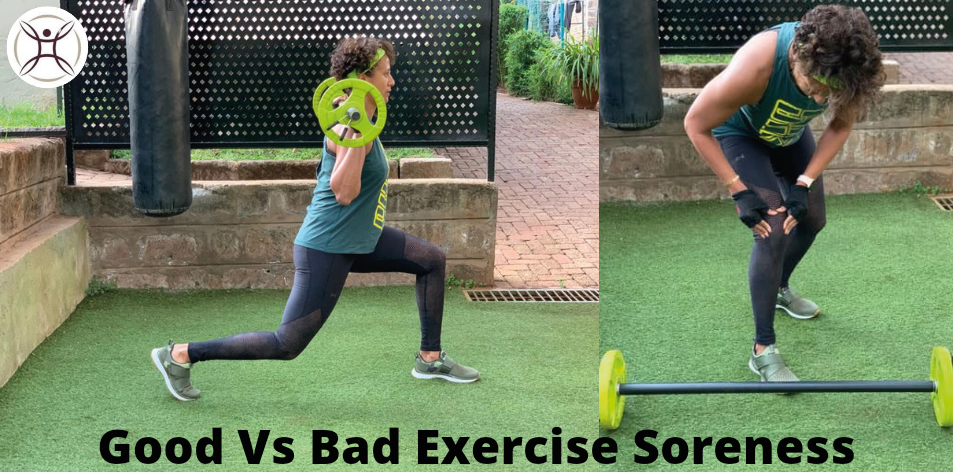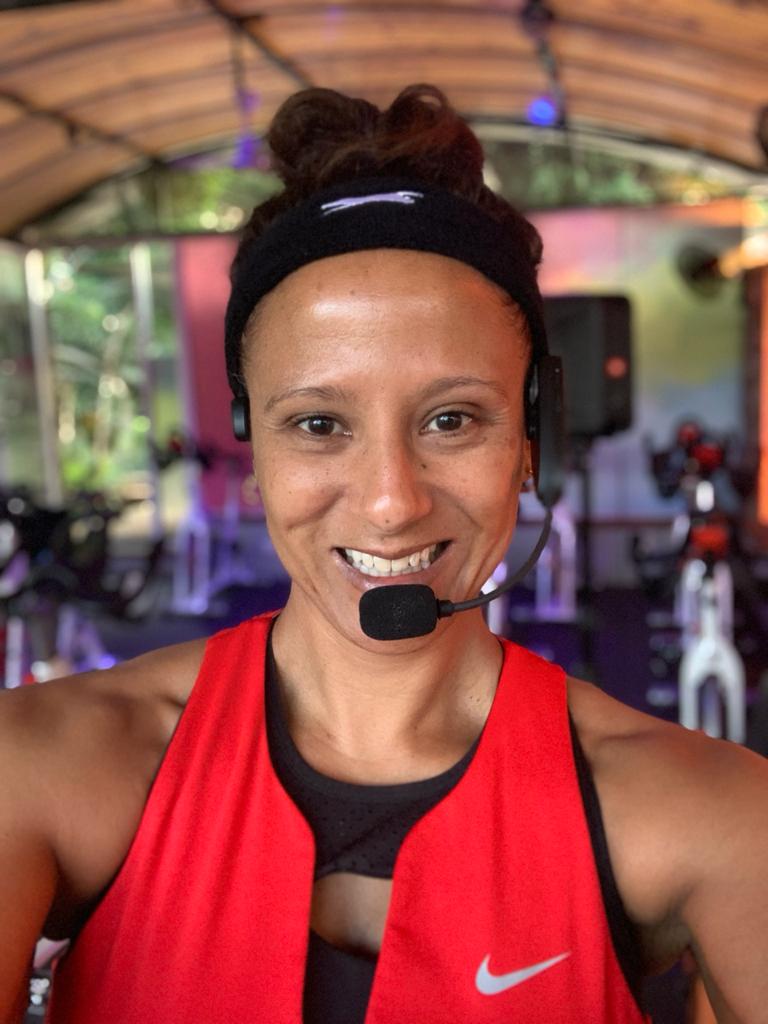
Alison’s Fitness & Wellness Corner – Exercise Soreness
Alison’s Fitness & Wellness Corner – Good Vs Bad Exercise Soreness
WHEN DOES TOO MUCH PAIN EQUAL NO GAIN?
 We should all be aware of or should have experienced some degree of next-day soreness after a tough workout, especially when trying to get back into the gym after a prolonged period of inactivity, trying out a completely new program or type of exercise, this is commonly referred to as Delayed Onset Muscle Soreness (DOMS) and is a natural component of muscular development.
We should all be aware of or should have experienced some degree of next-day soreness after a tough workout, especially when trying to get back into the gym after a prolonged period of inactivity, trying out a completely new program or type of exercise, this is commonly referred to as Delayed Onset Muscle Soreness (DOMS) and is a natural component of muscular development.
TRAUMA
DOMS was initially thought to have been caused by lactic-acid production and build-up during exercise, but that theory was later debunked and replaced with the theory that it is caused by micro-trauma to muscle fibres and connective tissue. The fact that this is in essence, damage to body tissue, begs the question: Are DOMS and other forms of next-day soreness a good thing?
Many Personal Trainers and Athletes are not happy unless a tough workout is followed by a few days of stiffness and discomfort. According to this train of thought, the body has only been taken to the limit and will only elicit the greatest adaptive response when you feel some level of discomfort the next day.
OPTIMAL GROWTH OR EXCESSIVE DAMAGE?
There is a growing segment of the industry that feels that mild to severe DOMS may actually be a sign of optimal growth and recovery, but it is rather a sign of excessive damage to muscle fibres and other structural components, which is not conducive to optimal muscular development. The truth is that it has been difficult to prove a direct link between muscle soreness, and the degree of muscle fibre damage caused. This means that muscular development can also occur without associated muscle paining DOMS. The key factors to consider then are not the presence of pain,
but rather the severity, intensity, and location of it.
WHEN PAIN = GAIN
The dull ache in the belly of the muscle and the presence of some degree of discomfort caused through movement is probably the threshold limit of what ‘good’ next-day soreness should be, but there shouldn’t be any impairment in muscle function. This dull ache and discomfort are caused by the repair process required to rebuild muscle fibres after a tough workout. Research shows that the majority of pain mainly resides in the connective tissue that binds muscle fibres together, not the actual muscle fibres themselves.
The reason for the pain is the body’s immune system response to damage, which results in inflammation. The repair process can take 24 to 48 hours to complete, which is why it is important to have a rest day in-between training that same muscle group.
WHEN PAIN = NO GAIN
If pain and discomfort persist for more than 48 hours and is present throughout the day, whether or not you are flexing or incorporating that muscle into the act of moving, then you have surpassed the optimal level of muscle damage. This basically means that the load, intensity or duration of your activity has caused excessive damage to the muscle and will therefore take more time to recover. The immune response is therefore amplified, as the body tries to repair the excessive damage. Sometimes the intensity of soreness can become so severe that it can be debilitating and at this level of damage muscles can also become sore to the touch. Repeated bouts of training that results in this type of next day soreness should be avoided, and should not be seen as indicative of a great workout.
Excessive load and poor training technique can also affect the structural elements around the targeted muscle. This will often present as joint, ligament, and/or tendon pain, and will often result in a decrease in range of motion. This is the worst type of next-day soreness, as it means that the progression in your program has not been calculated properly, or that your technique is incorrect. Should you continue to engage in exercise that causes this level of pain and discomfort you will eventually pick up a serious injury.
Soreness caused by injury is different in nature from DOMS and next-day soreness. It is characterised by sharp, acute pain that may be constant or intermittent, depending on the nature of the injury. It can also cause the immediate immobility of a joint or muscle, depending on the severity of the injury, or may require the immobilisation of a joint of the limb to repair the damage. If you experience soreness caused by an injury you must cease exercising and see a doctor as soon as possible to begin the repair and recovery process.
POINT OF NOTE
Most people who try to jump into the deep end right away with regard to their training seldom last more than a few weeks. Patience is key with all aspects of training, as going to extremes seldom delivers sustainable returns. The likelihood of suffering from DOMS and next-day soreness decreases with the individual’s level of conditioning. This means that the more consistent you are with your training the less likely it is that you will experience muscle soreness. This does not mean you are not exercising properly, as it is proven that muscle adaptations do occur without the presence of DOMS. It is therefore only likely to occur again when you try a new exercise or increase the load, duration, and intensity.
It is in your interest to ask your trainer where they trained and if they indeed have a certified recognised certification.
TREATMENT FOR DOMS
1. Warm up properly before exercise
2. Increase your load gradually
3. Cool down properly after an intense session
4. Ice the affected area
5. Use a non-steroid anti-inflammatory
6. Do some low-intensity cardio to improve blow flow, which is known as an active recovery
7. Stretch the affected area

Alison Ngethe
Founder/Owner ~ Body by Alison Caroline and Alison Caroline Institute

